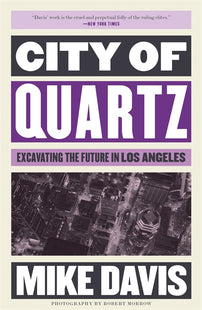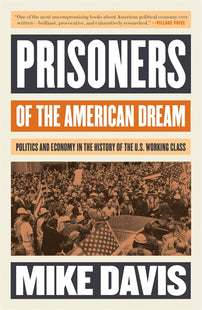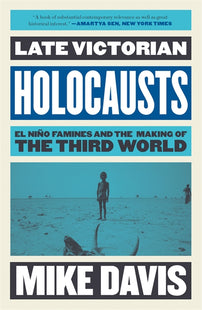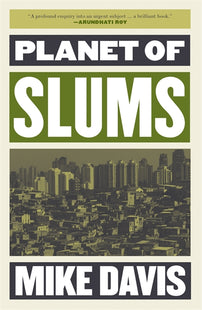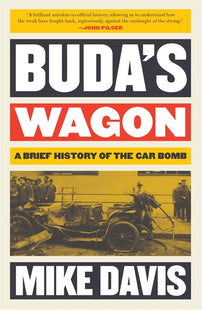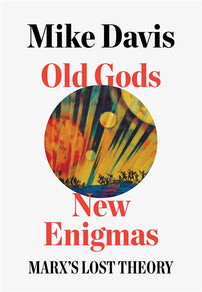From Rentacop to RoboCop: "Absolute Security" in Los Angeles
In this excerpt from his classic City of Quartz, Mike Davis examines the home security arms race that erected gates, walls, and thousands of "Armed Response" lawn placards across suburban Los Angeles in the Reagan era.

Excerpted from City of Quartz.
The security-driven logic of urban enclavization finds its most popular expression in the frenetic efforts of Los Angeles’s affluent neighborhoods to insulate home values and lifestyles. As we saw in the last chapter, new luxury developments outside the city limits have often become fortress cities, complete with encompassing walls, restricted entry points with guard posts, overlapping private and public police services, and even privatized roadways. It is simply impossible for ordinary citizens to invade the "cities" of Hidden Hills, Bradbury, Rancho Mirage, or Palos Verdes Estates without an invitation from a resident. Indeed Bradbury, with nine hundred residents and ten miles of gated private roads, is so security-obsessed that its three city officials do not return telephone calls from the press, since "each time an article appeared ... it drew attention to the city and the number of burglaries increased." For its part, Hidden Hills, a Norman Rockwell painting behind high-security walls, has been bitterly divided over compliance with a Superior Court order to build forty-eight units of seniors’ housing outside its gates. At meetings of the city’s all-powerful homeowners’ association (whose membership includes Frankie Avalon, Neil Diamond, and Bob Eubanks) opponents of compliance have argued that the old folks’ apartments "will attract gangs and dope."
Meanwhile, traditional luxury enclaves like Beverly Hills and San Marino are increasingly restricting access to their public facilities, using baroque layers of regulations to build invisible walls. San Marino, which may be the richest, and is reputedly the most Republican (85 percent), city in the country, now closes its parks on weekends to exclude Latino and Asian families from adjacent communities. One plan under discussion would reopen the parks on Saturdays only to those with proof of residence. Other upscale neighborhoods in Los Angeles have minted a similar residential privilege by obtaining ordinances to restrict parking to local homeowners. Predictably, such preferential parking regulations proliferate exclusively in neighborhoods with three-car garages.
Residential areas with enough clout are thus able to privatize local public space, partitioning themselves from the rest of the metropolis, even imposing a variant of neighborhood "passport control" on outsiders. The next step, of course, is to ape incorporated enclaves like Palos Verdes or Hidden Hills by building literal walls. Since its construction in the late 1940s, Park La Brea has been a bit of Lower Manhattan chutzpah moored to Wilshire Boulevard: a 176-acre maze of medium-rent townhouses and tower apartments, occupied by an urbane mix of singles, retirees, and families. Now, as part of a strategy of gentrification, its owners, Forest City Enterprises, have decided to enclose the entire community in security fencing, cutting off to pedestrians one of the most vital public spaces along the "Miracle Mile." As a spokeswoman for the owners observed, "It’s a trend in general to have enclosed communities." In the once wide-open tractlands of the San Fernando Valley, where there were virtually no walled-off communities a decade ago, the "trend" has assumed the frenzied dimensions of a residential arms race as ordinary suburbanites demand the kind of social insulation once enjoyed only by the rich. Brian Weinstock, a leading Valley contractor, boasts of more than one hundred newly gated neighborhoods, with an insatiable demand for more security. "The first question out of their [the buyers’] mouths is whether there is a gated community. The demand is there on a 3-to-1 basis for a gated community than not living in a gated community."
The social control advantages of "gatehood" have also attracted the attention of landlords in denser, lower-income areas. Apartment owners in the Sepulveda barrio of the Valley have rallied behind a police program, launched in October 1989, to barricade their streets as a deterrent to drug buyers and other undesirables. The LAPD wants the city council’s permission to permanently seal off the neighborhood and restrict entry to residents, while the owners finance a guard station or "Checkpoint Charlie." While the council contemplates the permanency of the experiment, the LAPD, supported by local homeowners, has continued to barricade other urban "war zones," including part of the Pico-Union district, a Mid-Wilshire neighborhood, and an entire square mile around Jefferson High School in the Central–Vernon area. In face of complaints from younger residents about the "Berlin Wall" quality of the neighborhood quarantines, Police Chief Gates reassured journalists that "we’re not here to occupy the territory. This isn’t Panama. It’s the city of Los Angeles and we’re going to be here in a lawful manner."
Meanwhile the very rich are yearning for high-tech castles. Where gates and walls alone will not suffice, as in the case of Beverly Hills or Bel-Air homeowners, the house itself is redesigned to incorporate sophisticated, sometimes far-fetched, security functions. An overriding but discreet goal of the current "mansionizing" mania on the Westside of Los Angeles — for instance, tearing down $3 million houses to build $30 million mansions — is the search for "absolute security." Residential architects are borrowing design secrets from overseas embassies and military command posts. One of the features most in demand is the "terrorist-proof security room" concealed in the house plan and accessed by sliding panels and secret doors. Merv Griffin and his fellow mansionizers are hardening their palaces like missile silos.
But contemporary residential security in Los Angeles — whether in the fortified mansion or the average suburban bunker — depends upon the voracious consumption of private security services. Through their local homeowners’ associations, virtually every affluent neighborhood from the Palisades to Silverlake contracts its own private policing; hence the thousands of lawns displaying the little "armed response" warnings. The classifieds in a recent Sunday edition of the Los Angeles Times contained nearly a hundred ads for guards and patrolmen, mostly from firms specializing in residential protection. Within Los Angeles County, the security services industry has tripled its sales and workforce (from 24,000 to 75,000) over the last decade. "It is easier to become an armed guard than it is to become a barber, hairdresser or journeyman carpenter," and under California’s extraordinarily lax licensing law even a convicted murderer is not automatically excluded from eligibility. Although a majority of patrolmen are minority males earning near the minimum wage ($4–7 per hour depending on qualifications and literacy), their employers are often multinational conglomerates offering a dazzling range of security products and services. As Michael Kaye, president of burgeoning Westec (a subsidiary of Japan’s Secom, Ltd.), explains: "We’re not a security guard company. We sell a concept of security." (This quote, as aficionados will immediately recognize, echoes the boast of Omni Consumer Products’ Dick Jones — the villain of Paul Verhoeven’s Robocop — that "everything is security concepts ... sometimes I can just think of something and it makes me so horny.")
What homeowners’ associations contract from Westec — or its principal rival, Bel-Air Patrol (part of BorgWarner’s family of security companies, including Burns and Pinkerton) — is a complete, "systems" package that includes alarm hardware, monitoring, watch patrols, personal escorts, and, of course, "armed response" as necessary. Although law enforcement experts debate the efficiency of such systems in foiling professional criminals, they are brilliantly successful in deterring innocent outsiders. Anyone who has tried to take a stroll at dusk through a strange neighborhood patrolled by armed security guards and signposted with death threats quickly realizes how merely notional, if not utterly obsolete, is the old idea of the "freedom of the city."
[book-strip index="1" style="display"]